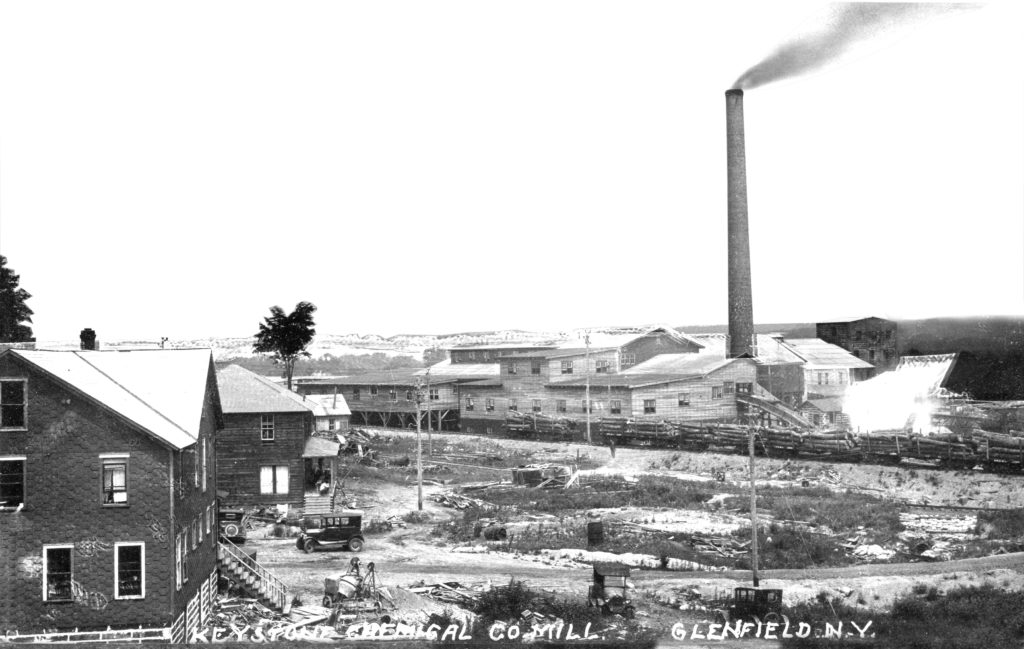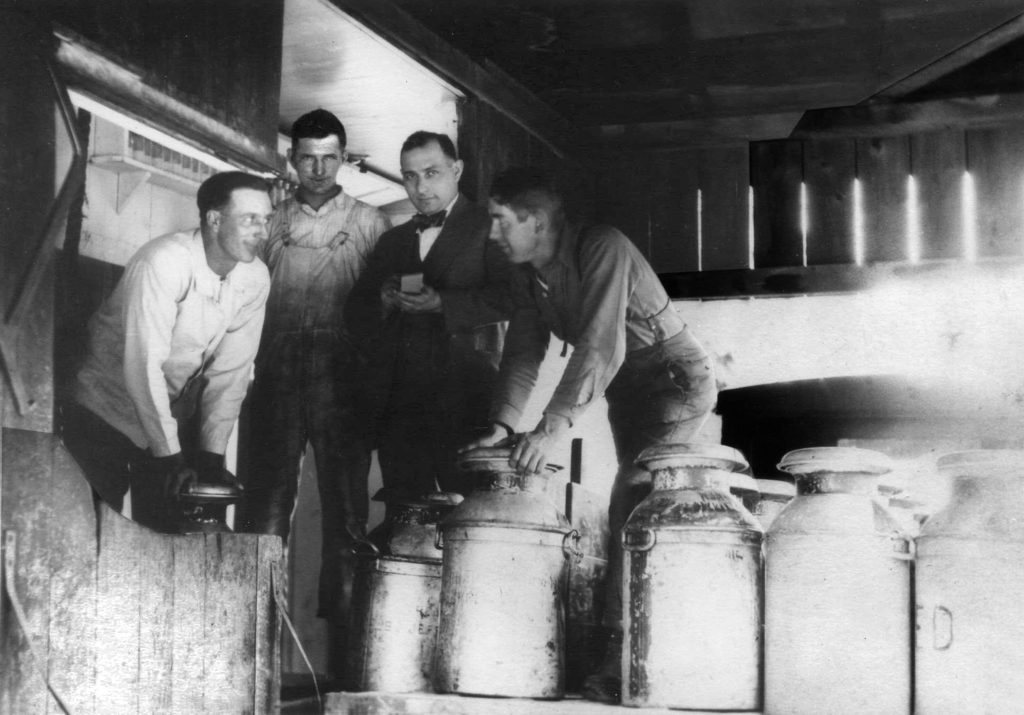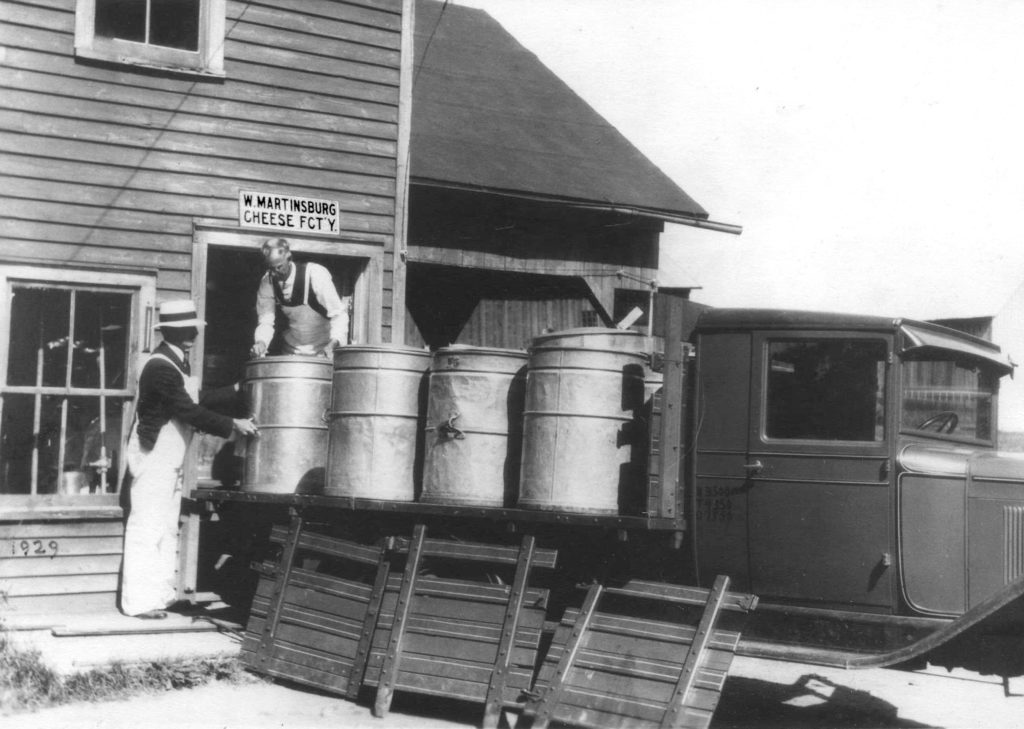Martinsburg was formed from the Town of Turin on February 22, 1803, while both were still part of Oneida County. It was named in honor of Colonel Walter Martin (later Brigadier General), the first proprietor under whom settlement was made.
Martin, perhaps the County’s foremost political leader in the early 1800s, first visited the area in 1801, promptly buying up some 8,000 acres of land south of Lowville from James Constable, as agent for his brother, William Constable, Sr. Martin immediately began reselling parcels of property to friends and acquaintances and returned with his family the following year, on March 4, 1802. Martin’s father, an officer in both the French and Indian War and the Revolutionary War and a member of the State assembly, moved with him (later dying in Martinsburg on August 9, 1818).

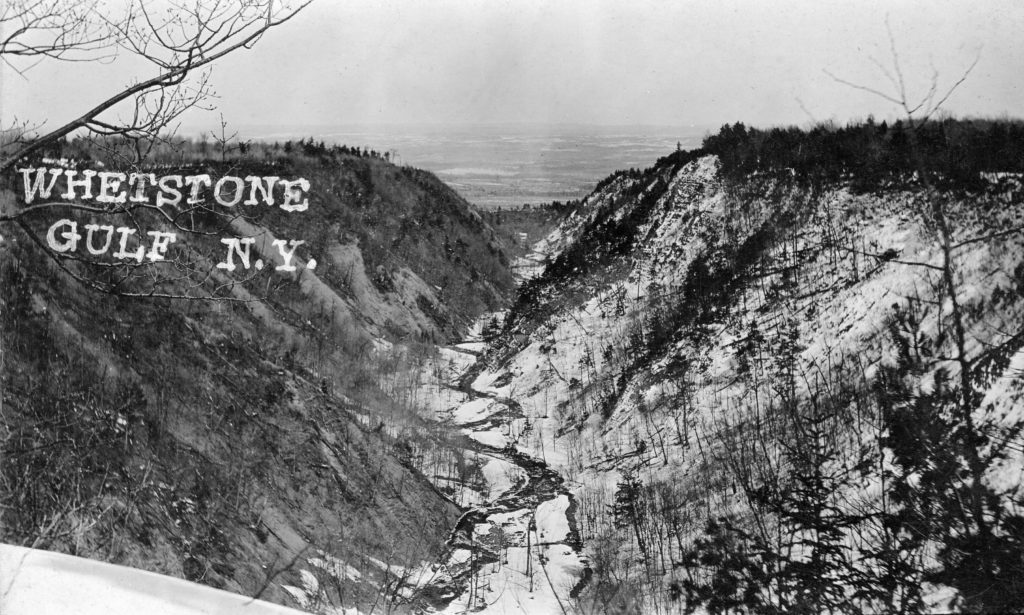
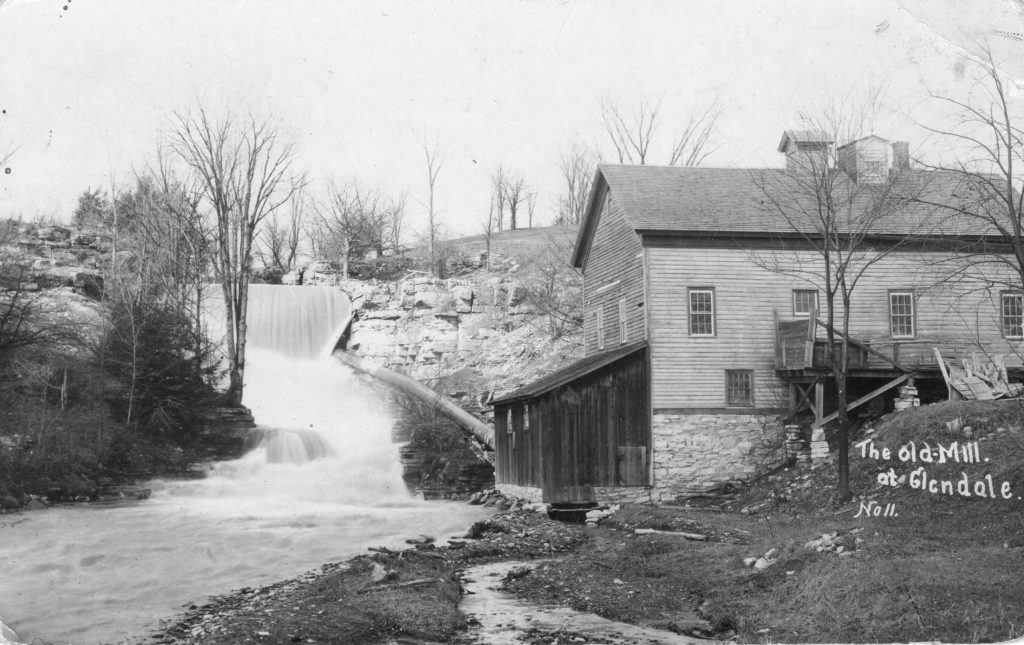
Ever industrious, Martin retained most of the water rights across the vast tract he had acquired and began to build mills and sell lumber and supplies. He also set about building the most substantial and conspicuous house at the time in Lewis County. The house was begun in 1803 and finished in 1805 and is said to have been throughout, in style and finish, as far as possible, a faithful copy of Sir William Johnson’s dwelling, Fort Johnson Hall, in the Mohawk Valley. [Insert picture of Greystone.]
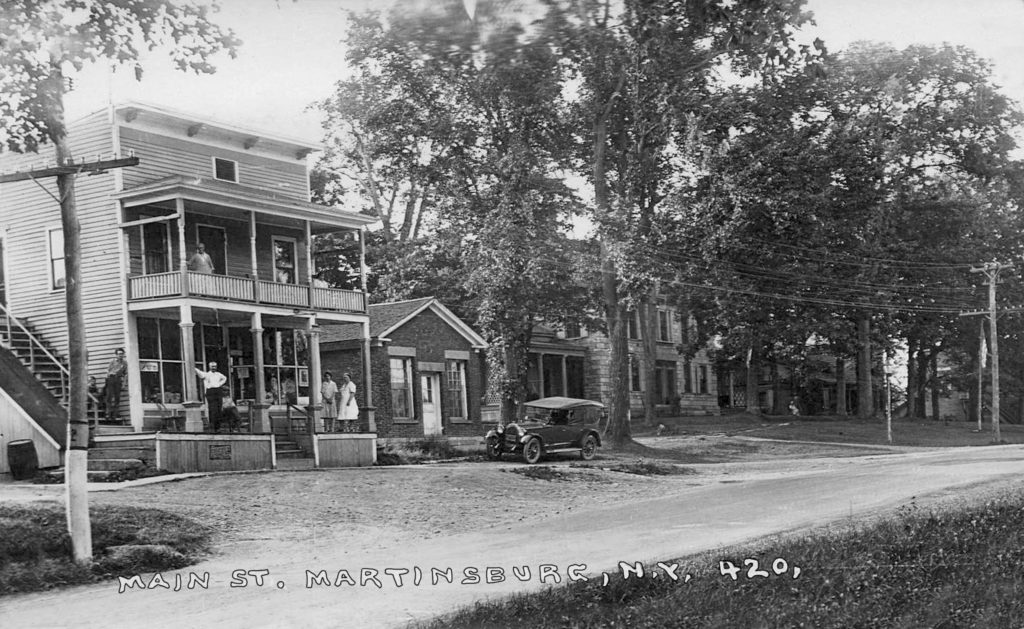
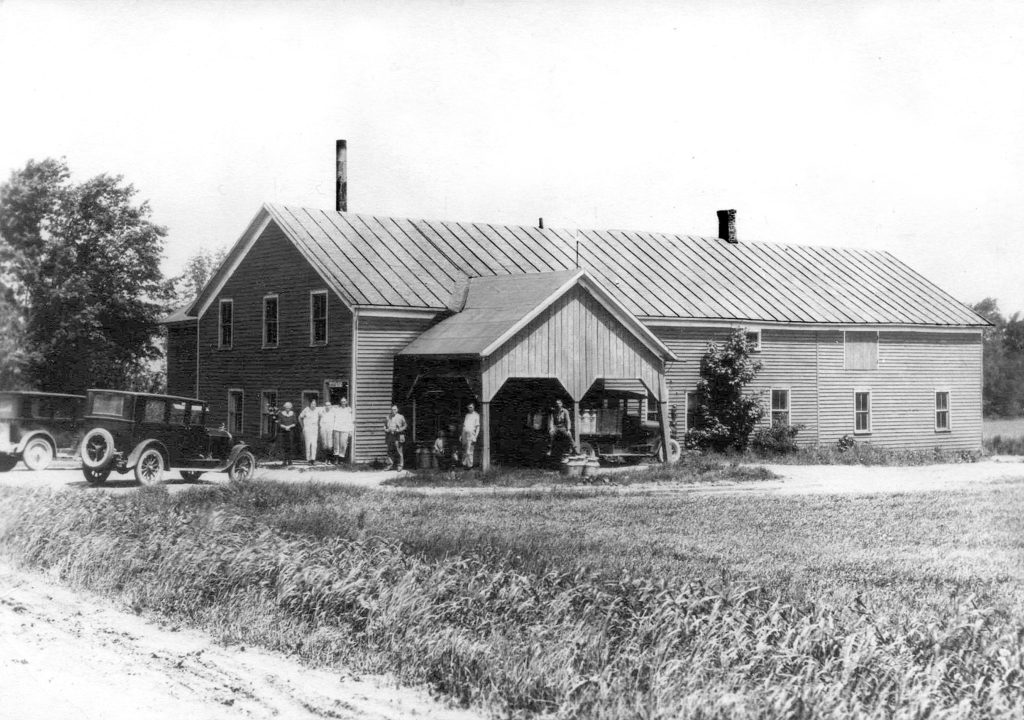
Martin was one of the early proponents for creating the new county that ultimately would become Lewis County. And no sooner was that in the works, then he successfully campaigned and asserted his will and downstate political contacts to have the small community of Martinsburg established as the county seat. To that end, in 1809, Martin undertook to raise means for the erection of a courthouse. The Lowville people were not indifferent to the movement and procured the signatures of nearly every taxable inhabitant north of Martinsburg against location. On October 30, 1810, Gen. Martin engaged for $1500 to complete the court room like that of Jefferson County and the jail like that of Salem, Washington County. The first court was held in the new building on January 7, 1812. It was used as a courthouse until 1864, when the county seat was moved to Lowville. The Lewis County Historical Society caused a bronze historical marker to be placed on the outside of the building to help preserve its historical significance for coming generations.


Gen. Martin died at his home in Martinsburg on December 10, 1834, his wife having predeceased him on December 2, 1820. Throughout the years, Gen. Martin’s home had a varied history, having been a tavern, a convalescent home for Canadian soldiers during World War I, and several times a private home. In November 1948, an open house was held by Mrs. Mabel, Edith, Dorothy, Mildred and Anna Arthur, owners of a new nursing home. A historical marker was unveiled at a short ceremony on June 20, 1952, commemorating the general Martin home. Irving and Ellen Post open the house as Greystone Manor restaurant in 1973 (closing it in 2003). On August 1, 1839, the Martinsburg town hall was the scene of the only capital execution ever to take place in Lewis County – the hanging of Lawrence McCarthy for the murder of his father-in-law, Asahel Alford, of the town of Watson on November 15, 1838.

